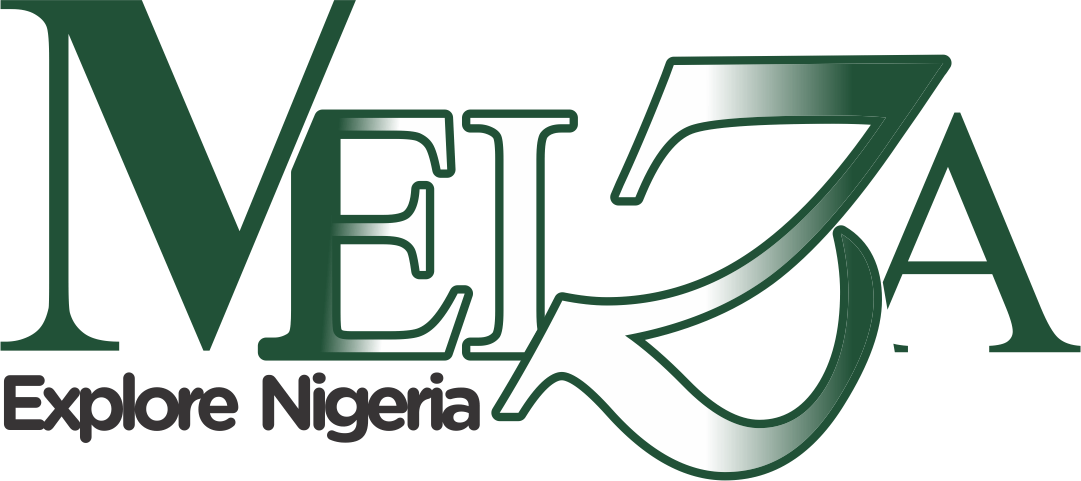What a skeletal view framed by BudgIT shows of states and the holes in their pockets after building something useful but costly
The reshuffling of positions in the fiscal performance ranking is noteworthy, with Cross River joining the top five and Kebbi State making a significant leap forward.

Lagos stands as a testament to the Nigeria economic aspirations but every front cover highlight the city gets is accompanied by debt. Since 2022 and now, two standard gauge rail lines – the blue and the red – have been commissioned and there is room to expand the space with the upscale Lagos green route after signing an agreement with Chinese partners in September.
Bringing all these magnificent once-in-a-generation projects to life comes with costs and ultimately a humungous debt to repay. The civic organisation funded by the Bill and Melinda Foundation, BudgIT has opened up a window to dissect just how knee-deep Lagos State has been with borrowing on behalf of 21 million-plus residents through the 2024 edition of the State of States report.
In the report, BudgIT’s lens stripped the entire six geopolitical zones in Nigeria naked and beamed more light on the shades of progress going on there. Rivers State, for instance, has secured the top position in fiscal performance for the fifth consecutive year, underscoring its robust economic management.
Lagos, not far behind, continues to demonstrate fiscal accountability, maintaining its position as a leader in the rankings.
The report employs a set of five key metrics to evaluate fiscal sustainability. These include the capacity of each state to meet operating expenses through Internally Generated Revenue (IGR), the year-on-year growth, and the ability of states to cover operating and debt obligations without resorting to borrowing.
Additionally, the report assesses debt sustainability using indicators such as the debt-to-revenue ratio and prioritises capital expenditure relative to operating costs.
The reshuffling of positions in the fiscal performance ranking is noteworthy, with Cross River joining the top five and Kebbi State making a significant leap forward.
Conversely, Jigawa State’s decline to the bottom of the list raises concerns about its fiscal health. The report highlights the varying degrees of dependence on Federal Account Allocation Committee (FAAC) revenues and aid, with states like Akwa Ibom and Imo requiring over five times their IGR to meet operating expenses.
The combined revenue of all 36 states in Nigeria saw a remarkable increase of 31.2 percent from the previous year, indicating an overall improvement in fiscal performance. Lagos State’s contribution of ₦1.24trillion in 2023 represents a significant portion of this revenue, further emphasising its economic clout.
The State of States report serves as a crucial tool for policymakers, investors, and the general public, providing insights into the fiscal health and sustainability of Nigeria’s states. It sheds light on the challenges and opportunities that lie ahead as the nation strives towards economic stability and growth.
As Lagos and other states navigate the complexities of development and debt, the report underscores the importance of fiscal prudence and transparency. It is a call to action for states to bolster their fiscal management practices, ensuring that the pursuit of progress does not compromise their financial stability.
The full State of States 2024 report is available for public access, offering an in-depth assessment of each state’s fiscal performance and providing recommendations for enhancing healthcare systems.






